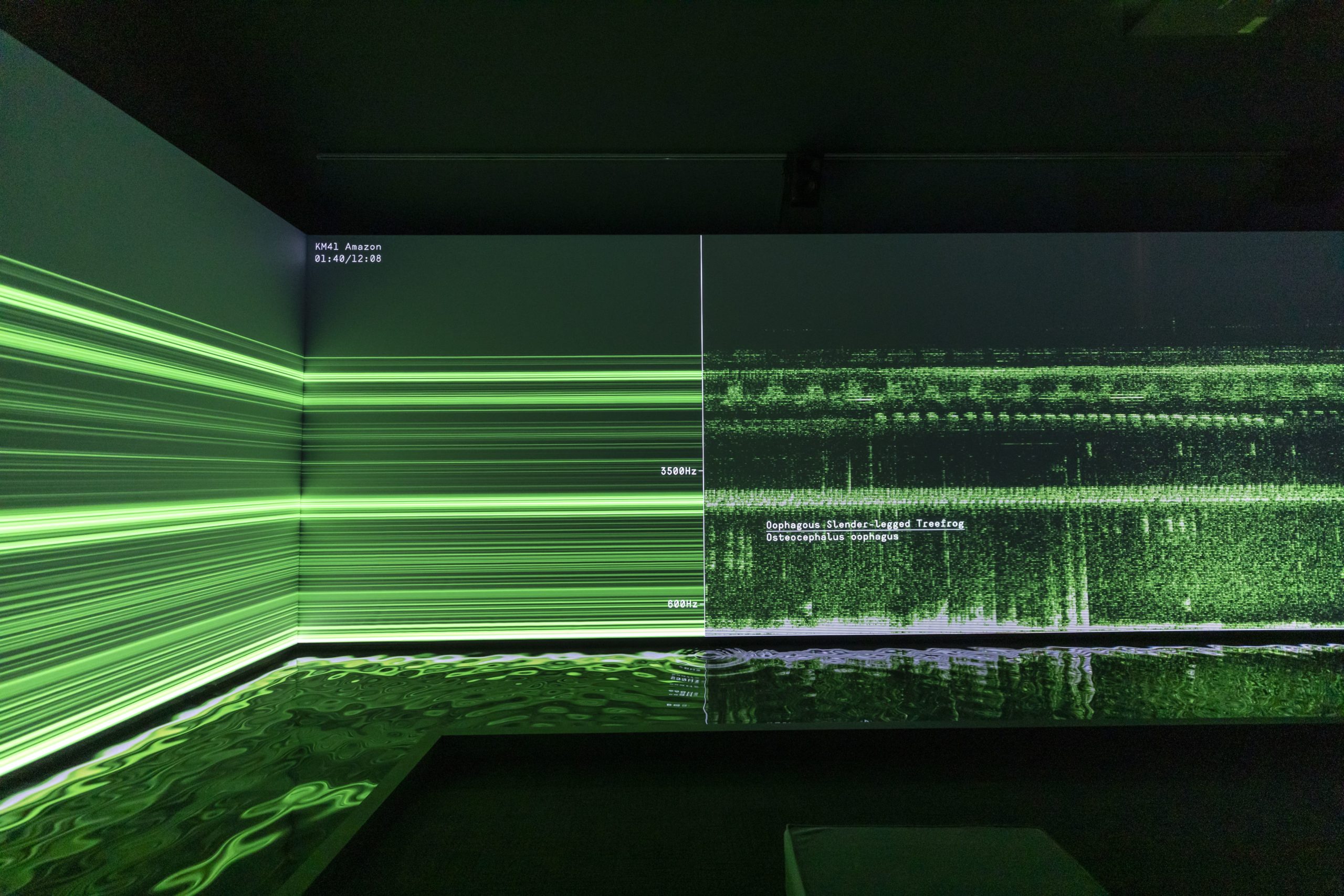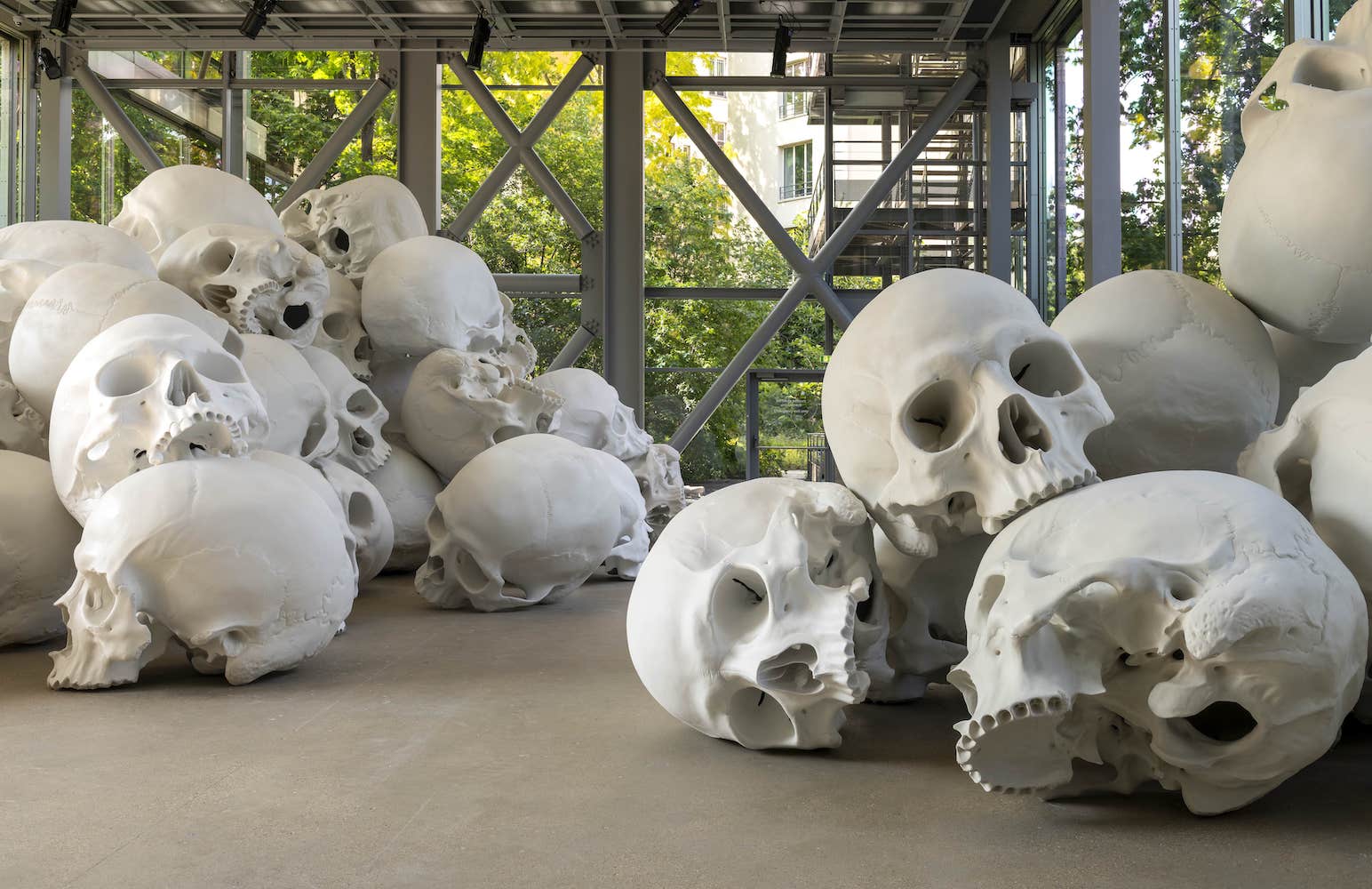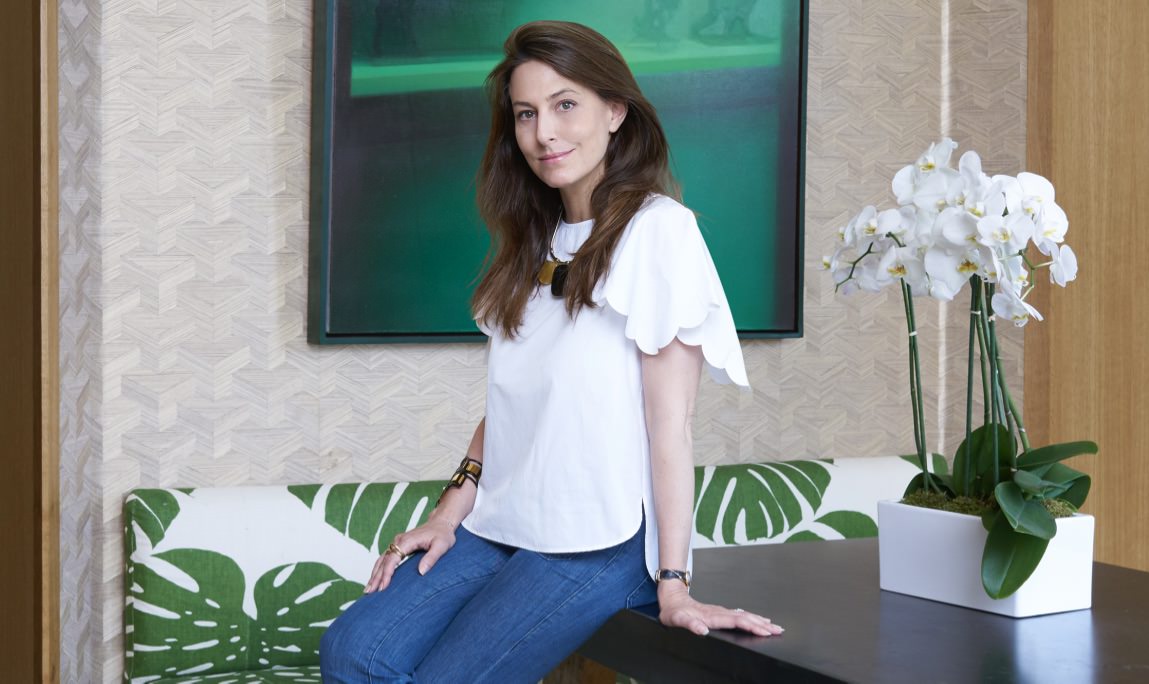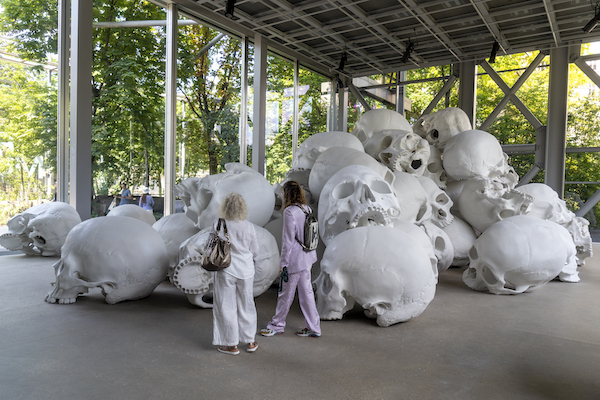“The Great Animal Orchestra” opened at the Peabody Essex Museum (PEM) last month in Salem, MA. Following its original iteration, commissioned by Fondation Cartier pour l’art contemporain in 2016, it is the work of the Soundscape Ecologist, Bernie Krause, brought to life in collaboration with United Visual Artists (UVA). The exhibition, on view through May 22, 2022, takes the form of an audio-visual installation capturing the masterpiece that is the orchestra of nature.
Presented in tandem with the debut of Vincent Tricon’s documentary, surrounding the work of the world’s pioneer Soundscape Ecologist, the show is the product of nearly half a century of work and research. It features entrancing soundscapes and accompanying visuals that culminate over 5,000 hours of audio capturing nature’s environments and more than 15,000 of its species—a process that Krause discovered could be quite helpful to understanding the world’s non-human species, realizing that over 50 percent of Earth’s biodiversity has been lost in the time since his journey first began in the 1970s.
Treating the Earth as a writer of natural poetry and music, Krause has mastered the art of listening—which is no surprise if you consider where his career began. Before focusing his efforts on biophony, Krause’s origins in sound were rooted in the music industry and electronic sound design. His oeuvre includes collaborations with names like Van Morrison and The Doors, sonic contributions to films like Francis Ford Coppola’s Apocalypse Now, and the introduction of the synthesizer to film and pop music alongside partner Paul Beaver.
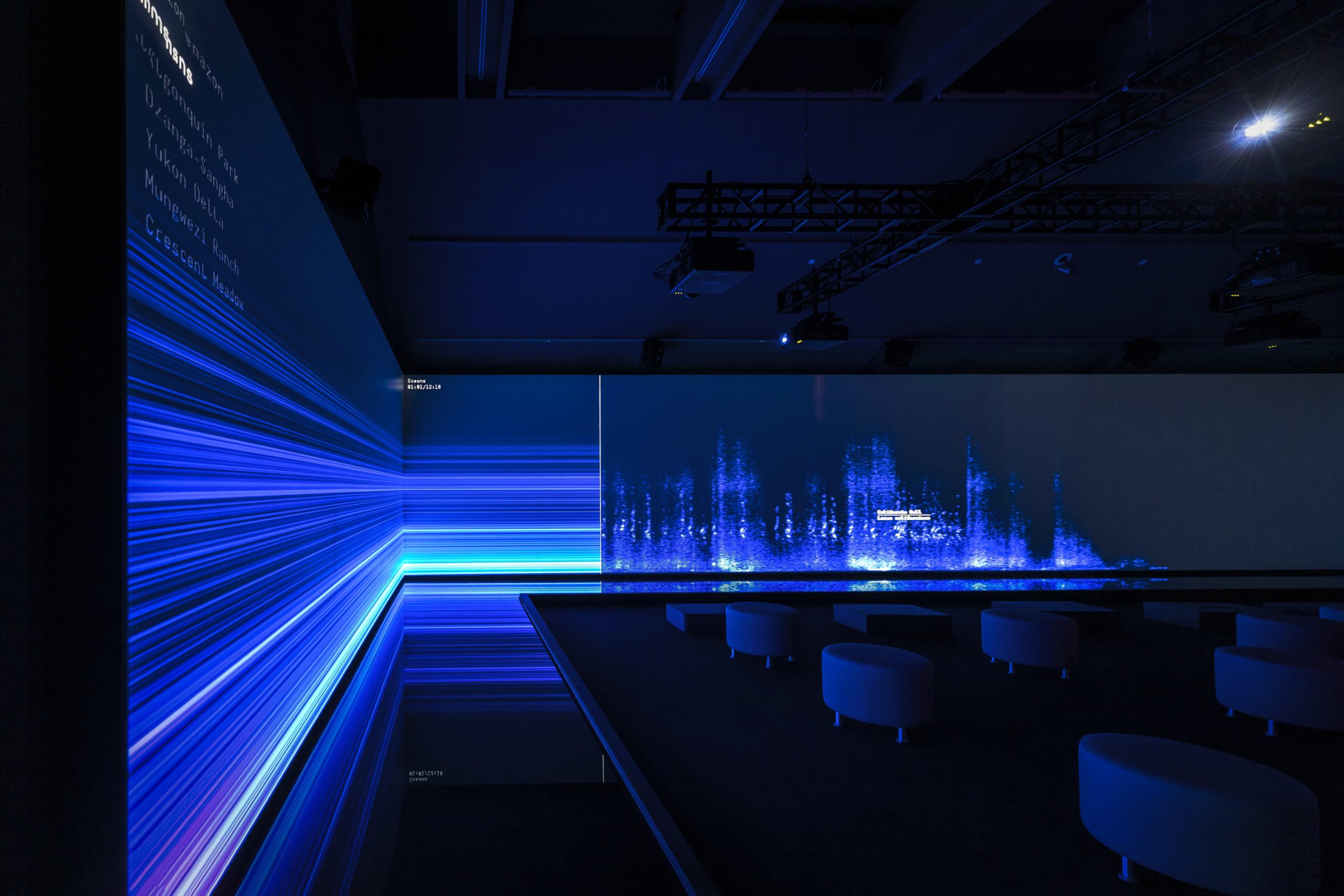
Installation view of Bernie Krause’s “The Great Animal Orchestra,” photo by Kathy Tarantola, courtesy of the artist and Fondation Cartier pour l’art contemporain.
Curious about Krause’s story, Whitewall caught up with the Soundscape Ecologist, where he shared details on the exhibition, his unusual career path, and a statement from a certain musician, which he finds quite pertinent.
WHITEWALL: Tell us about your exhibition, “The Great Animal Orchestra.” The sounds of Earth’s non-human inhabitants have been your muse for decades, but what led to this presentation specifically?
BERNIE KRAUSE: The Great Animal Orchestra represents a transformation of scientific field data (audio recordings of wild animals and their respective habitats) into large scale works of fine art. My idea of art is to create works of wonder I most want others to hear and see manifest in this world. The installation at the Peabody Essex Museum, the U.S. premier of this work, addresses those objectives.
WW: What kind of processes and technologies were used to capture these soundscapes? How about the visual aspect—what did your collaboration with United Visual Artists entail?
BK: The high-end audio gear I use in the field includes a Sound Devices recorder and M-S (or Mid-Side) combination of two different microphones designed to deliver a very robust surround illusion in large spaces. However, it is the field protocols that I’ve developed to record these biophonies (the collective sound produced by all organisms in a given habitat at one point in time) that make possible the vibrant results experienced by the visitor to these exhibits.
In early discussions with the Fondation Cartier pour l’art contemporain, I had imagined a much smaller scale project. But once the Cartier group introduced us to Matt Clark and his United Visual Artists team, it became clear that we really needed to produce a far larger format. I didn’t have the know-how to create at that scale. But the folks at UVA did. They’ve designed a streaming graphic element representing sound that completely envelopes the visitor.
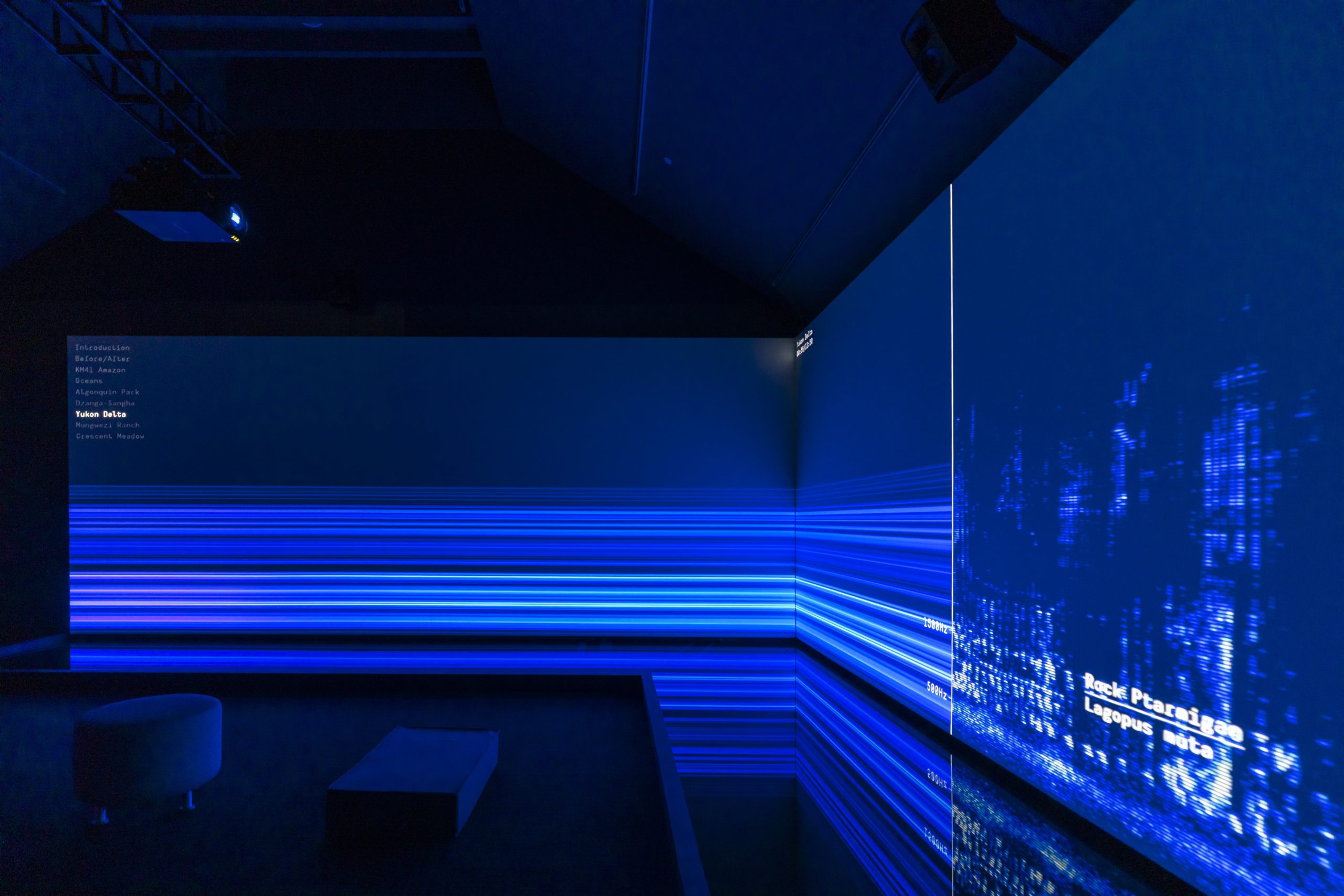
Installation view of Bernie Krause’s “The Great Animal Orchestra,” photo by Kathy Tarantola, courtesy of the artist and Fondation Cartier pour l’art contemporain.
WW: Early in your career, you were focused on electronic-based music and collaborated on projects that are considered quite successful today. When did you first begin to find yourself paying attention to the “natural music” of the world?
BK: The arc of my life has always been driven by interdisciplinary models—a combination of mind and inspiration. At one point (in the late 1960s) I became very troubled by the devotion of my energies to the reproduction of sounds for others and working in studios without any connection to the outside world. I longed to be outside observing and working with the living world beyond that of just humans.
The revelation came while recording In A Wild Sanctuary, our first Warner Brothers album, and also the first on the theme of ecology. Tasked with recording the natural soundscape tracks for the album in outdoor habitats, that experience changed the trajectory of my life. Then and there, I made the determination to concentrate my energies on capturing the sounds of living organisms and habitats instead of music, something that seemed to me at the time as being just the self-referential echo of our own limitations.
WW: How would you describe the role of a Soundscape Ecologist in relationship to art?
BK: Profound! As a Soundscape Ecologist (one who studies the science of sound-producing organisms), if I write an article and am lucky enough to get it published in a scientific journal, perhaps half a dozen colleagues will read it. If, however, I create a piece such as the one now playing at the Peabody Essex Museum, it gets a different result. The PEM is the sixth venue for this installation. Well over 1 million visitors have seen the work, now. It’s really difficult to get that kind of traction with a scientific publication.
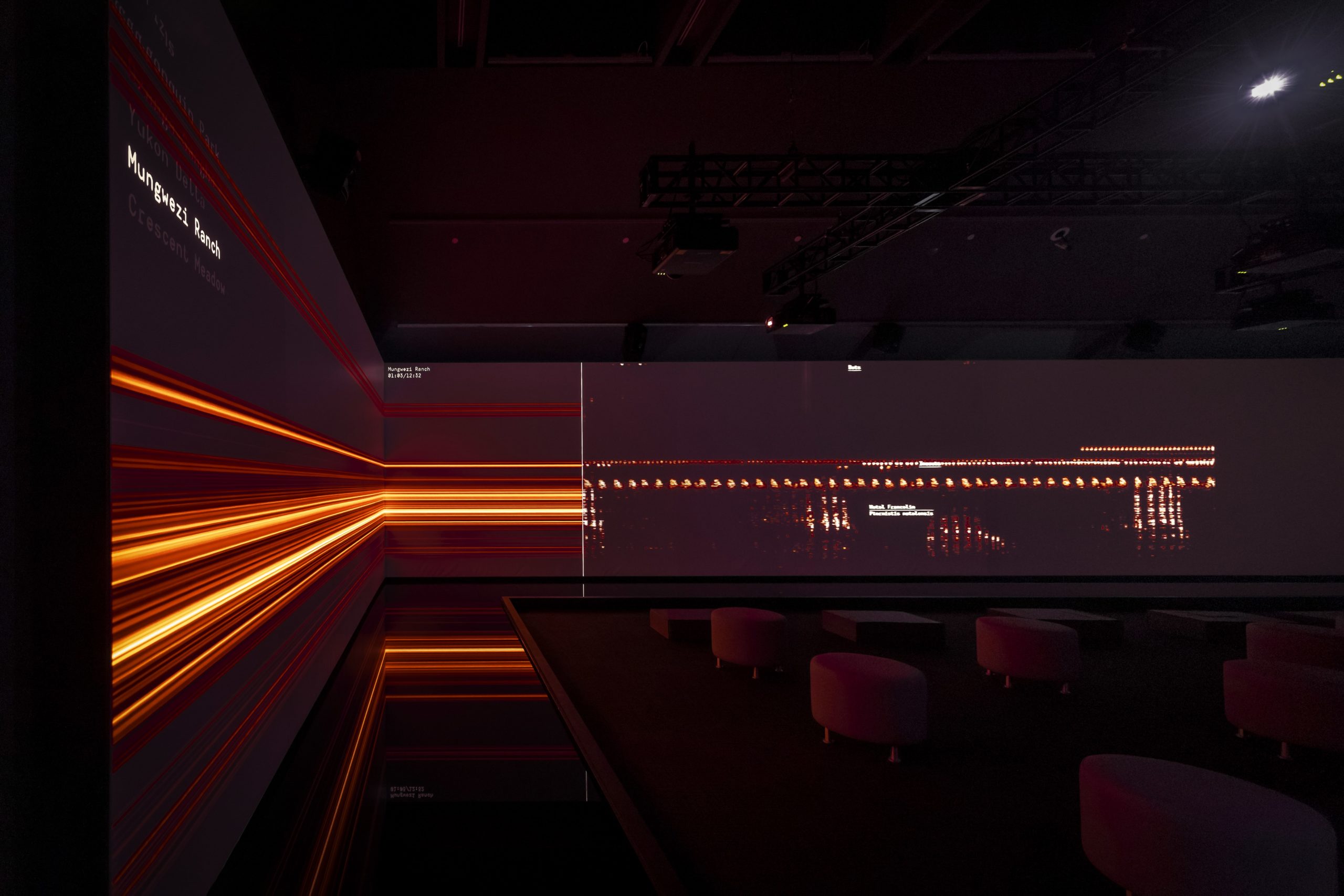
Installation view of Bernie Krause’s “The Great Animal Orchestra,” photo by Kathy Tarantola, courtesy of the artist and Fondation Cartier pour l’art contemporain.
WW: While your work might not have originally been centered on topics of sustainability or species preservation, your findings regarding the alarming decrease in biodiversity made those aspects impossible to ignore. Do you think your findings can be used to side in the survival of our planet and its species—especially in relation to zoos and other human-controlled animal habitats?
BK: The nascent field of soundscape ecology, the area in which I now work and play, touches on many aspects of science and our culture. Probably most important is the data it provides for natural history and resource management.
I feel strongly that zoos, an outdated cultural model, are seeing their final days. I hate seeing animals in cages, or even modified contained habitats that are made to look something like their native biomes, where animals are captives. It just depresses me to see our need to control aspects of the wild in ways that validate our fantasies of superiority over the natural world. That delusion will kick us in the ass one day very soon.
Speaking of planet and species survival, pay some attention to a paraphrase of David Bowie’s aphorism: “The future belongs to those who can hear it coming.”
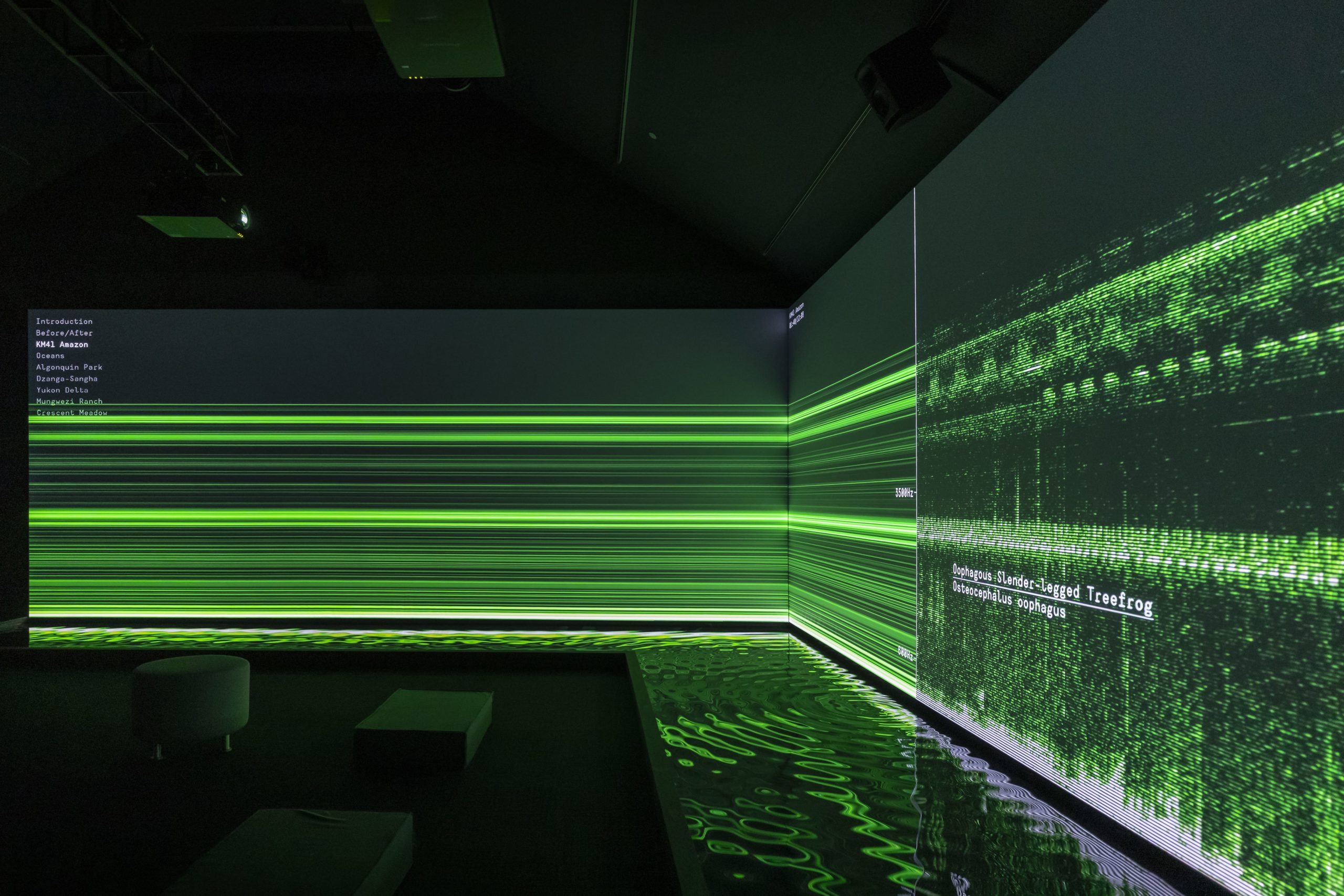
Installation view of Bernie Krause’s “The Great Animal Orchestra,” photo by Kathy Tarantola, courtesy of the artist and Fondation Cartier pour l’art contemporain.


